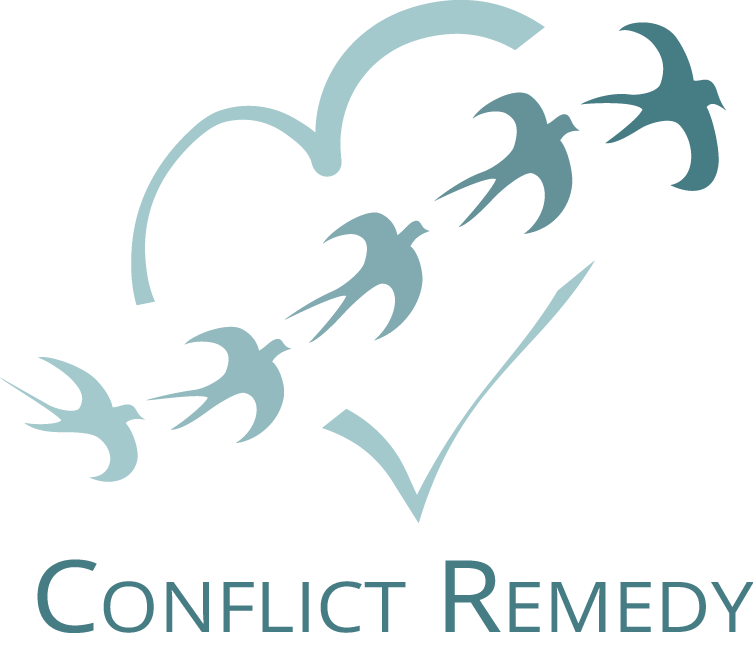
Photo by Drew Beamer on Unsplash
Start with “Hello” to Manage Conflict
As well as coaching individuals who are embroiled with conflict, I often coach CEOs, HR professionals, executive directors and managers about how they can deal with their employees’ conflict. Recently, I did a consultation with Bruce (name and industry changed to protect client confidentiality), the owner of a small welding firm. He had two long-term employees who had periodic flare ups of conflict. They would have loud and angry confrontations, then it would die down, and they wouldn’t clash again for months, but, inevitably, issues would flare up again.
Here are some of the suggestions I gave the owner:
Start with Hello.
These two people would pointedly ignore each other completely, literally not saying a word to each other all day. I suggested Bruce ask them to simply greet each other courteously and say goodbye courteously. He could remind them to disconnect it from their particular conflict, to simply, as a human and professional courtesy, acknowledge the other person with hello and goodbye.
This greeting could have several positive benefits. First, it sets a better tone. Also, it’s a gentle way of letting them know that their behavior is not acceptable and to start shifting it a tiny bit. It can also be a bridge to the next step:
Point out the negative impact of their words and actions
When they aren’t in a heated moment, let them know the unhappy impact their hostile conflict has on him, and the other employees who witness it. It’s easy for people to get caught up in their own responses and ignore the negative impact on the workplace environment. In this case, it was clear Bruce was a good boss and that his employees cared about him, so pointing out how their behavior affects others might break through the false belief the two workers had that there weren’t any consequences beyond the moment. And my third suggestion was about the moment:
Intervene at the time.
If they start clashing, approach them and kindly but firmly tell them both to stop, just stop. Calmly repeat this until they do. This interrupts their argument before it can escalate any further.
Then, talk to them separately later when they calm down.
I encouraged Bruce to give them support and listen to their perspective, but then offer suggestions to help the employees understand what else might be going on and how the situation might seem from the other person’s perspective. I explained to him the concept of story—how we each have our own version of what happened. Bruce decided it would be most helpful to have me coach the two individuals, and we’ve started the process. I talk more about how I do this in another post, Love and Tough Love in Conflict Coaching.
 Lorraine Segal has a deep passion for helping people in organizations and corporations communicate better, resolve conflicts, let go of resentments, and deal with bullying. The goal: to create a more harmonious and productive workplace. Through her business, Conflict Remedy, Lorraine creates customized training and coaching programs for non-profit organizations, corporations, and government agencies. She is also lead instructor for the Conflict Management Certificate, a professional development program at Sonoma State University. She is a contributing author to the books, Stand Up, Speak Out Against Workplace Bullying and Living Together: Surviving a Pandemic. She writes a blog through her Conflict Remedy website and was listed as one of the Top Conflict Management experts to follow on LinkedIn. Contact Lorraine at https://ConflictRemedy.com for more information, to request a free consultation for you and your organization or to sign up for her newsletter.
Lorraine Segal has a deep passion for helping people in organizations and corporations communicate better, resolve conflicts, let go of resentments, and deal with bullying. The goal: to create a more harmonious and productive workplace. Through her business, Conflict Remedy, Lorraine creates customized training and coaching programs for non-profit organizations, corporations, and government agencies. She is also lead instructor for the Conflict Management Certificate, a professional development program at Sonoma State University. She is a contributing author to the books, Stand Up, Speak Out Against Workplace Bullying and Living Together: Surviving a Pandemic. She writes a blog through her Conflict Remedy website and was listed as one of the Top Conflict Management experts to follow on LinkedIn. Contact Lorraine at https://ConflictRemedy.com for more information, to request a free consultation for you and your organization or to sign up for her newsletter.
©️ ConflictRemedy Lorraine Segal 2020
